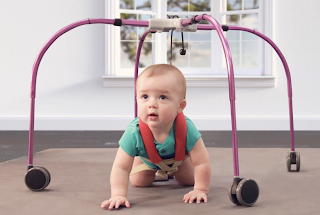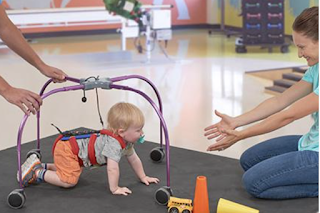Many
children have difficulty holding a pencil correctly. This may be because they
were never instructed how to hold a pencil properly or because they were
exposed to writing too early, and their little hands weren’t ready to grasp and
manipulate a writing utensil. No matter what the cause, if a child has a poor
pencil grip, it can lead to problems down the road, especially if the poor
grasp is causing stress on certain joints or if there is fatigue or pain during
writing tasks.
Here is a DIY adapted pencil that can be used to promote a better grasp. All that you need are a pencil and a short piece of clear vinyl tubing. The piece of tubing should be approximately 1 to 1 ½ inches long, depending on the size of the child’s hand. Cut a hole in one end of the tubing that is just large enough for a pencil to fit through and slide the pencil in. (I use wire cutters to cut the tubing.)
When
holding the pencil, the tubing should be just long enough to wrap the ring and
pinkie fingers around it.
Thanks to Thaddeus Meyer for coming up with this wonderful idea and allowing me to share it!





